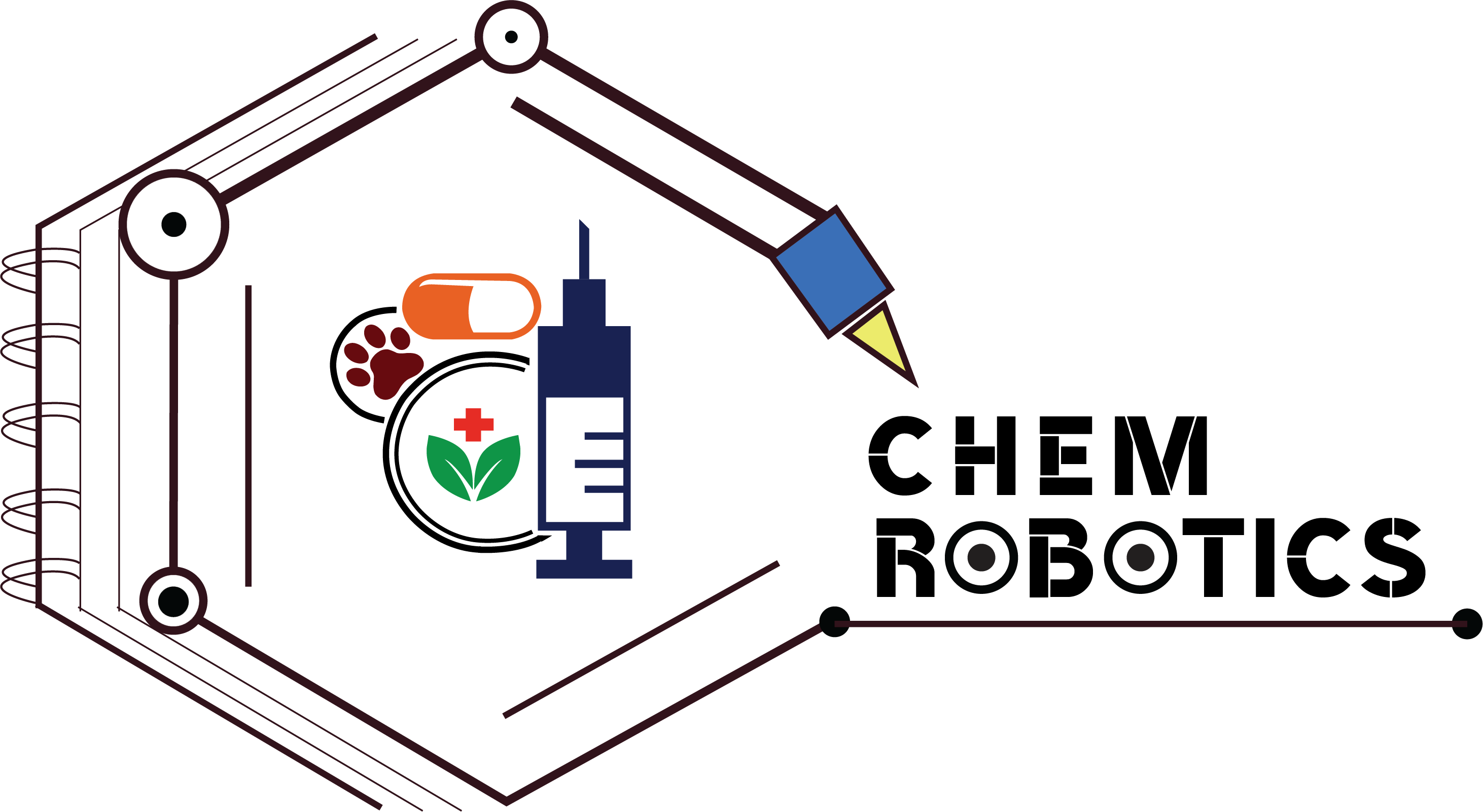Ukraine to Control the Content of Chlorpyrifos, Chlorpyrifos-methyl in Agri Products
Currently, Ukraine is at the final stage of approval of the maximum permissible levels for the residuals of chlorpyrifos and chlorpyrifos-methyl in agricultural products and foodstuff at the level of 0.01 mg/kg (mg/l). This decision is approved by the draft Order of the Ministry of Health “On Approval of the Allowable Maximum Levels of Chlorpyrifos and Chlorpyrifos-Methyl in Agricultural Products and Food Products and Amendments to the Hygienic Standards and Regulations for the Safe Use of Pesticides and Agrochemicals”. It is planned that after the signing procedures, the order will come into action on 1 January 2022.
The reason for this decision was the tightening by the EU countries of the levels for the residual content of chlorpyrifos and chlorpyrifos-methyl for all types of agricultural products, which started to be applied on 13 November 2020.
The EU is one of the main markets for Ukrainian agricultural products — the share of shipments to the EU countries is about 25%-30% of Ukrainian agri exports. So the issue of harmonizing domestic regulatory documents with the EU directives is a matter of minimizing trade risks, ensuring the competitiveness of agricultural products, but above all – it’s about the health of consumers. From the point of view of Ukrainian exports, the most significant risks of exceeding the limits of this pesticide arise regarding oilseeds (sunflower, soybeans, rapeseed) and vegetable oils (because it is fat-soluble). However, the risk is confirmed for cereals too (as chlorpyrifos is used in the processing of grain warehouses).
According to the State Register of Pesticides and Agrochemicals of the Ministry of Environmental Protection and Natural Resources, there are currently about 40 trade names of products registered in Ukraine containing chlorpyrifos and/or chlorpyrifos-methyl. Crop protection products with both active ingredients are used to treat grains, oilseeds, and vegetable crops. According to the State Statistics Service of Ukraine, in 2019, about 3 million hectares of Ukrainian agricultural land were treated with products containing chlorpyrifos and chlorpyrifos-methyl.
Over the past year, an active public discussion continued on whether Ukraine, following the EU, should legally establish permissible levels for chlorpyrifos and chlorpyrifos-methyl. The opinions of market participants, state bodies, and industry associations were mixed — some considered this measure necessary, while others believed that agricultural producers had the right to make their own decisions about the pesticides they could use.
Cotecna Ukraine was one of the first to draw attention to this topic and brought the discussion of chlorpyrifos into the public debate, revealing it in numerous publications and interviews and the framework of the industry conferences. Besides, with the support of Cotecna Ukraine in November 2020, an online conference, “Passion for Chlorpyrifos” was held, where the topic was covered as comprehensively as possible and taking into account the vision of all market participants.
According to Arina Korchmaryova, the Vice President of Cotecna Inspection S.A. (the Black Sea and Baltic regions), Ukraine’s decision is timely and justified because, after the EU, many countries will soon control the usage of such pesticide as chlorpyrifos and regulate the level of its residues in products. As she explains, there should be no chlorpyrifos residues in the samples of Ukrainian milling wheat, but they are there.
Even more, the most considerable excess is noted precisely in vegetable oil — by 49% in 2019 and 45% in 2020. According to Cotecna Ukraine data, another significant product that exceeded the levels of chlorpyrifos was rapeseed; the excess of the MRL level was 58% in 2019 and 28% in 2020 (even though the EU is the primary buyer of rapeseed from Ukraine).
As for pesticide testing, more attention should be given to the reliability of detection on the technical side of pesticide control, especially in the threshold ranges of values of about 0.01 mg/kg. For chlorpyrifos and chlorpyrifos-methyl, the new limits (MRL) are equal to the limit of quantitative detection (LOQ) for a significant part of the instruments used in Ukrainian laboratories. However, false-negative results obtained on equipment with low sensitivity are no less dangerous than false-positive results caused by possible local contamination of the cargo at different stages outside or inside the laboratory.
So, for checking the compliance of the cargo with the European requirements, it is essential to be confident in the results issued by the laboratory, defined by its capabilities and level of qualifications. Modern high-precision equipment at the Cotecna Ukraine laboratory, its experienced staff, and many years of testing various pesticides (including chlorpyrifos and chlorpyrifos-methyl) are the key factors that allow for a correct definition or interpretation and reliable and timely delivery of information.

